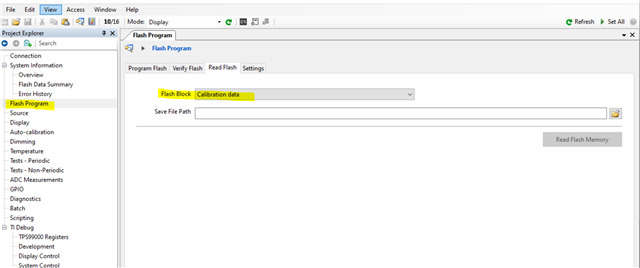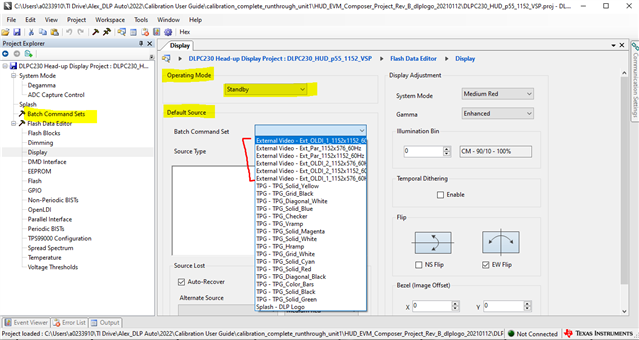Hello -
What should be paid attention to when the EVM connects to the HDMI of the embedded development board.
When the EVM that can extend the PC is connected to my embedded development board, I can't run the program of the development board.
It can expand the PC when I reconnect it.
Embedded program running output results:
“Failed to create wl_display (No such file or directory)
qt.qpa.plugin: Could not load the Qt platform plugin "wayland" in "" even though it was found.
This application failed to start because no Qt platform plugin could be initialized. Reinstalling the application may fix this problem.”
Have you ever had similar problems.
Hope to get relevant suggestions!
Thanks,
yang






